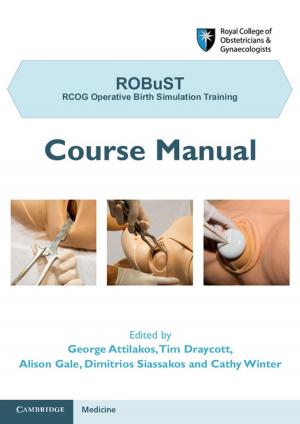Clothing the Poor in Nineteenth-Century England
Nonfiction, History, British, Science & Nature, Technology| Author: | Vivienne Richmond | ISBN: | 9781107461895 |
| Publisher: | Cambridge University Press | Publication: | September 19, 2013 |
| Imprint: | Cambridge University Press | Language: | English |
| Author: | Vivienne Richmond |
| ISBN: | 9781107461895 |
| Publisher: | Cambridge University Press |
| Publication: | September 19, 2013 |
| Imprint: | Cambridge University Press |
| Language: | English |
In this pioneering study Vivienne Richmond reveals the importance of dress to the nineteenth-century English poor, who valued clothing not only for its practical utility, but also as a central element in the creation and assertion of collective and individual identities. During this period of rapid industrialisation and urbanisation formal dress codes, corporate and institutional uniforms, and the spread of urban fashions replaced the informal dress of agricultural England. This laid the foundations of modern popular dress and generated fears about the visual blurring of social boundaries as new modes of manufacturing and retailing expanded the wardrobes of the majority. However, a significant impoverished minority remained outside this process. Clothed by diminishing parish assistance, expanding paternalistic charity and the second-hand trade, they formed a 'sartorial underclass' whose material deprivation and visual distinction was a cause of physical discomfort and psychological trauma.
In this pioneering study Vivienne Richmond reveals the importance of dress to the nineteenth-century English poor, who valued clothing not only for its practical utility, but also as a central element in the creation and assertion of collective and individual identities. During this period of rapid industrialisation and urbanisation formal dress codes, corporate and institutional uniforms, and the spread of urban fashions replaced the informal dress of agricultural England. This laid the foundations of modern popular dress and generated fears about the visual blurring of social boundaries as new modes of manufacturing and retailing expanded the wardrobes of the majority. However, a significant impoverished minority remained outside this process. Clothed by diminishing parish assistance, expanding paternalistic charity and the second-hand trade, they formed a 'sartorial underclass' whose material deprivation and visual distinction was a cause of physical discomfort and psychological trauma.















